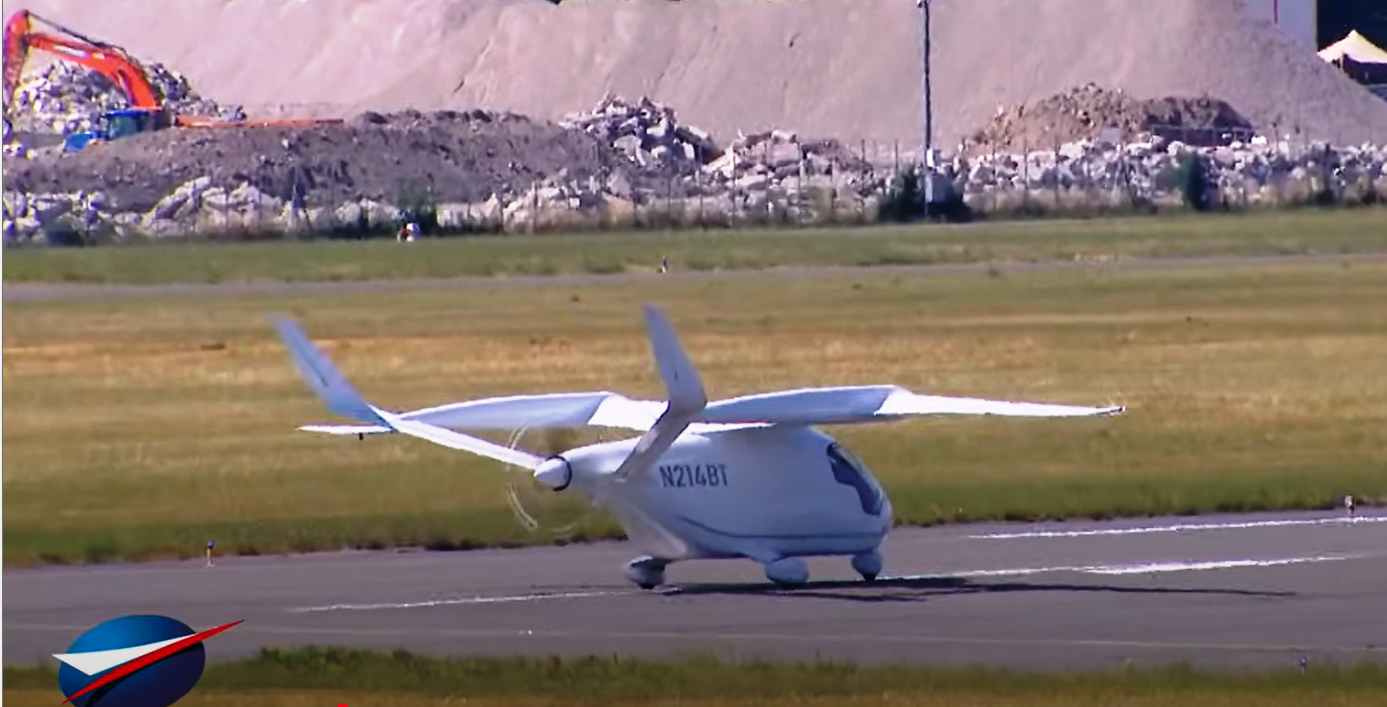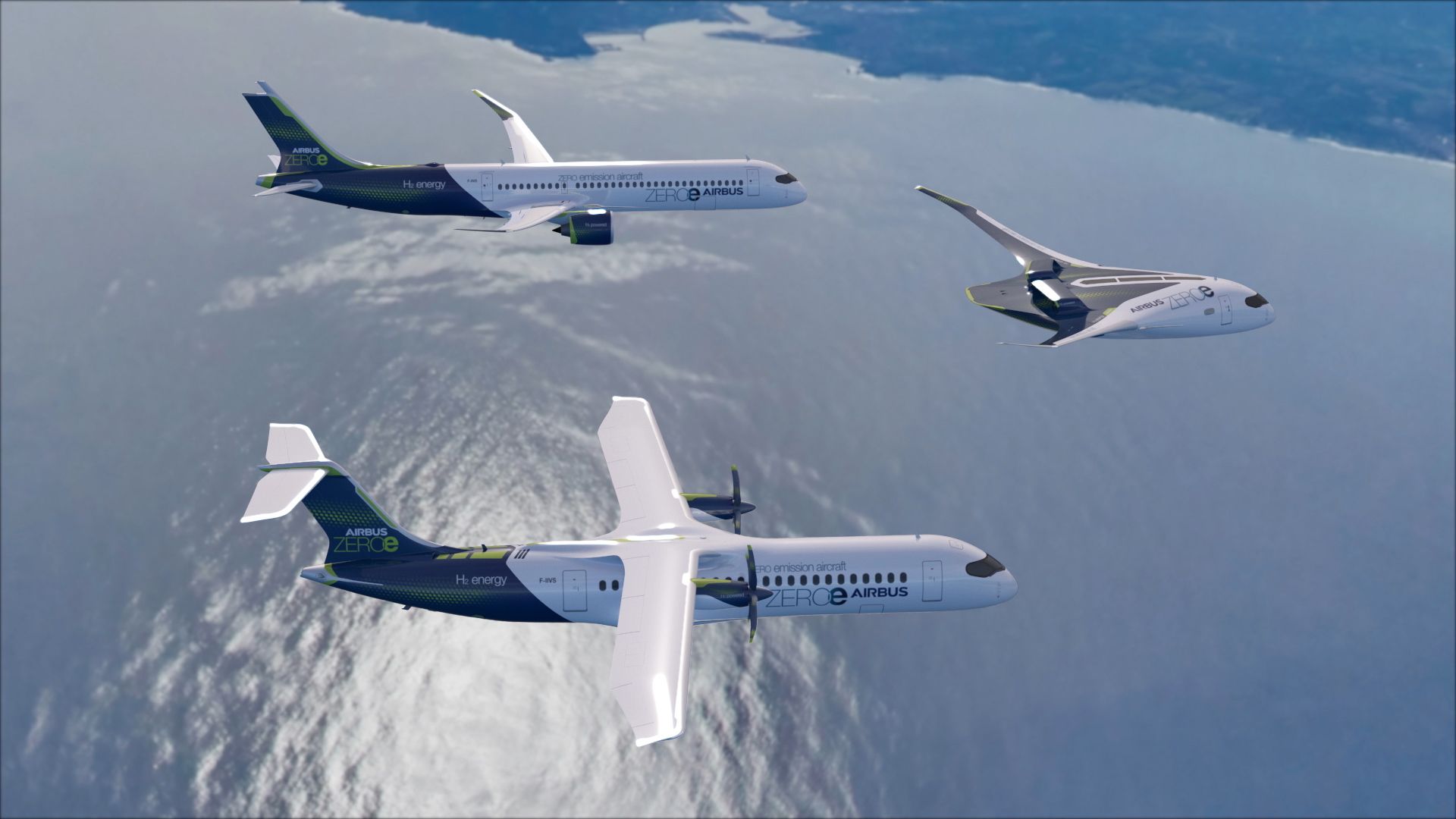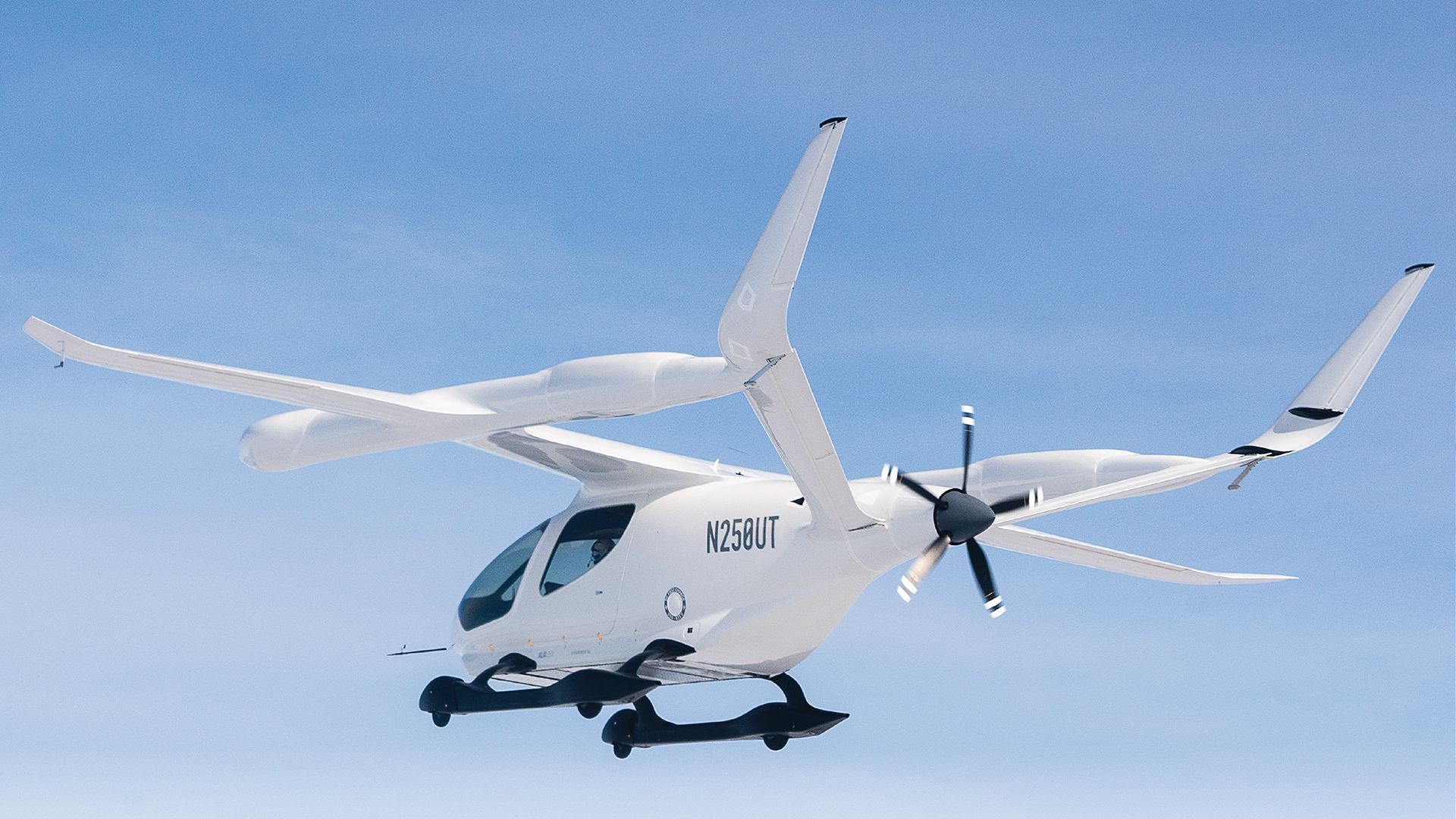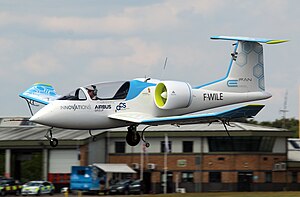Leeham News and Analysis
There's more to real news than a news release.
Bjorn’s Corner: Air Transport’s route to 2050. Part 29.
July 4, 2025, ©. Leeham News: We feature a Corner series on the state of actions to mitigate the global warming impact from Air Transport. We try to understand why different developments have been slow.
In the last Corner, we wanted to understand the relationship between Greenhouse gas emissions of CO2 and NOx and the effect of global warming from contrails. After some iterations, we arrived at the comparison shown in Figure 1, where we compare different warming effects using CO2 and CO2e (CO2 equivalents, i.e. the same warming effect as CO2).
Electric Flight and the Ugly Duckling
By Bjorn Fehrm
June 25, 2025, © Leeham News at Paris Air Show: The low or no emission propulsion discussion started at the 2014 Farnborough Air Show when Airbus’ E-Fan prototype flew in front of a surprised crowd. Everyone then thought that low-emission electric propulsion aircraft would be common before 2020.
It took 11 years and as many air shows before a certifiable battery-electric aircraft would fly again at an air show, this time at the 2025 Paris Air Show (Figure 1). Of the over 100 announced projects to develop and produce a battery electric passenger aircraft, it was the Alia CX300 from BETA Technologies that succeeded.
The story of BETA Technologies’ Alia CX300 is, in many ways, the story of the Ugly Duckling that grew to become a White Swan.
Bjorn’s Corner: Air Transport’s route to 2050. Part 9.
February 14, 2025, ©. Leeham News: We do a Corner series about the state of developments to replace or improve hydrocarbon propulsion concepts for Air Transport. We try to understand why the development has been slow.
We have covered the progress of battery-based aircraft and hybrids. Last Corner started looking at hydrogen-fueled alternatives. A day after the Corner, the Airbus workers union Force Ovrier published information from an Airbus internal meeting, in which the airframer delayed the introduction of a hydrogen aircraft by 2035 to about 10 years later. As a consequence, it reduces the R&D spending on the development of hydrogen propulsion technologies.
Bjorn’s Corner: Air Transport’s route to 2050. Part 8
February 7, 2025, ©. Leeham News: We do a Corner series about the state of developments to replace or improve hydrocarbon propulsion concepts for Air Transport. We try to understand why the development has been slow.
We have covered the progress of battery-based aircraft and hybrids, where the last Corner was about the most sensible hybrids, the mild hybrids. Now, we turn to hydrogen-fueled alternatives.
Bjorn’s Corner: Air Transport’s route to 2050. Part 7.
January 31, 2025, ©. Leeham News: We do a Corner series about the state of developments to replace or improve hydrocarbon propulsion concepts for Air Transport. We try to understand why the development has been slow.
We have covered the progress of battery-based aircraft and hybrids, both serial and parallel hybrids. A couple of mild hybrids have a larger chance of success than the ones we described. We will look into these and then start looking at different hydrogen-fueled alternatives.
Bjorn’s Corner: Air Transport’s route to 2050. Part 6.
January 24, 2025, ©. Leeham News: We do a Corner series about the state of developments to replace or improve hydrocarbon propulsion concepts for Air Transport. We try to understand why the development has been slow.
We have covered why the progress of battery-based aircraft is slow and also described what to expect at the end of this decade and the beginning of next.
Now, we look at hybrids, an inherently more complex design. Upstarts are changing to hybrids after realizing that battery-only aircraft will not have useful range this side of 2030.
Read more
Bjorn’s Corner: Air Transport’s route to 2050. Part 5.
January 17, 2025, ©. Leeham News: We do a Corner series about the state of developments to replace or improve hydrocarbon propulsion concepts for Air Transport. We try to understand why the development has been slow.
We have covered why the technical progress of battery-based aircraft has been slow. Now we look at what type of missions it can do this decade and beyond and why the limitations.
Figure 1. The Diamond eDA40 electric trainer. Source: Diamond. Read more
Bjorn’s Corner: Air Transport’s route to 2050. Part 4.
January 10, 2025, ©. Leeham News: We do a Corner series about the state of developments to replace or improve hydrocarbon propulsion concepts for Air Transport. We try to understand why the development has been slow.
We listed the different projects in the second Corner of the series that have come as far as flying a functional model or prototype. In Part 3, we went through some of the causes of the slow growth. It was a mix of inexperienced startup managments, all wanting to be the new Elon Musk but lacking elementary knowledge in the aeronautical field, to what is the real hard part of an alternative propulsion concept.
Many startups developed new electric motors for eAirplane or eVTOL use, a relatively straightforward development when the real hard part is the batteries. We described how batteries differ significantly from fuel as an energy source in Part 3.
Now, we add a market aspect that is poorly understood by most players.
Bjorn’s Corner: Air Transport’s route to 2050. Part 3
November 1, 2024, ©. Leeham News: We do a Corner series about the state of developments to replace or improve hydrocarbon propulsion concepts for Air Transport. We will find that development has been very slow.
Last week, we listed the different projects that have come as far as flying a functional model or prototype, as we need this filter to reduce the hundreds of projects that have declared they want to develop such an aircraft type. We can see that we have only a certified two-seat trainer, and one project has a prototype that has started certification, the CX300 six-seater in Figure 1.
Why is the progress so slow?
Bjorn’s Corner: Air Transport’s route to 2050. Part 2.
October 24, 2024, ©. Leeham News: We do a Corner series about the state of developments to replace or improve hydrocarbon propulsion concepts for Air Transport. We will find that development has been very slow.
We don’t have, and will not have, a certified and produced aircraft that can transport passengers using anything but classical propulsion concepts this side of 2028 and probably 2030 if we put the bar above five passengers.
This is 14 years after the flight of the Airbus E-Fan in 2014, which started a multitude of studies and projects to explore new, more environmentally friendly ways to propel aircraft.
Why is the progress so slow? Normal aircraft development takes seven to a maximum of nine years?











